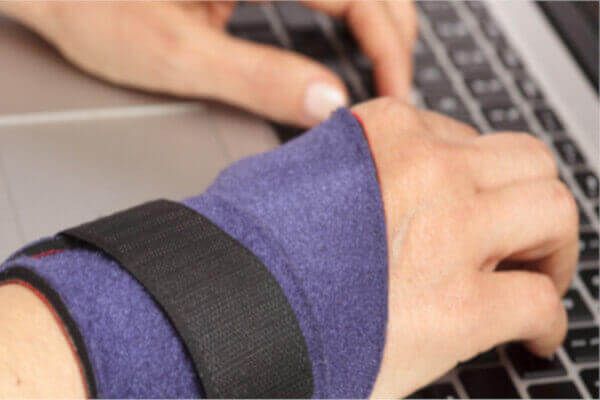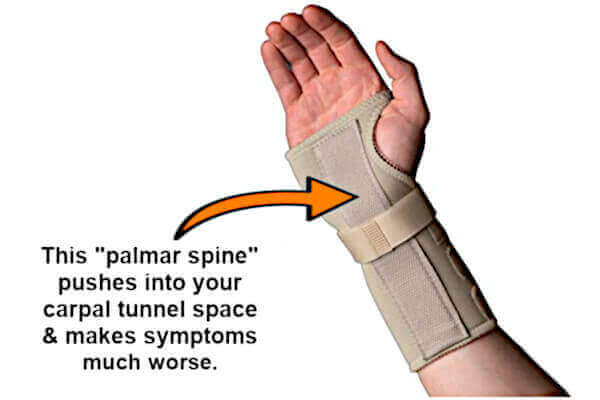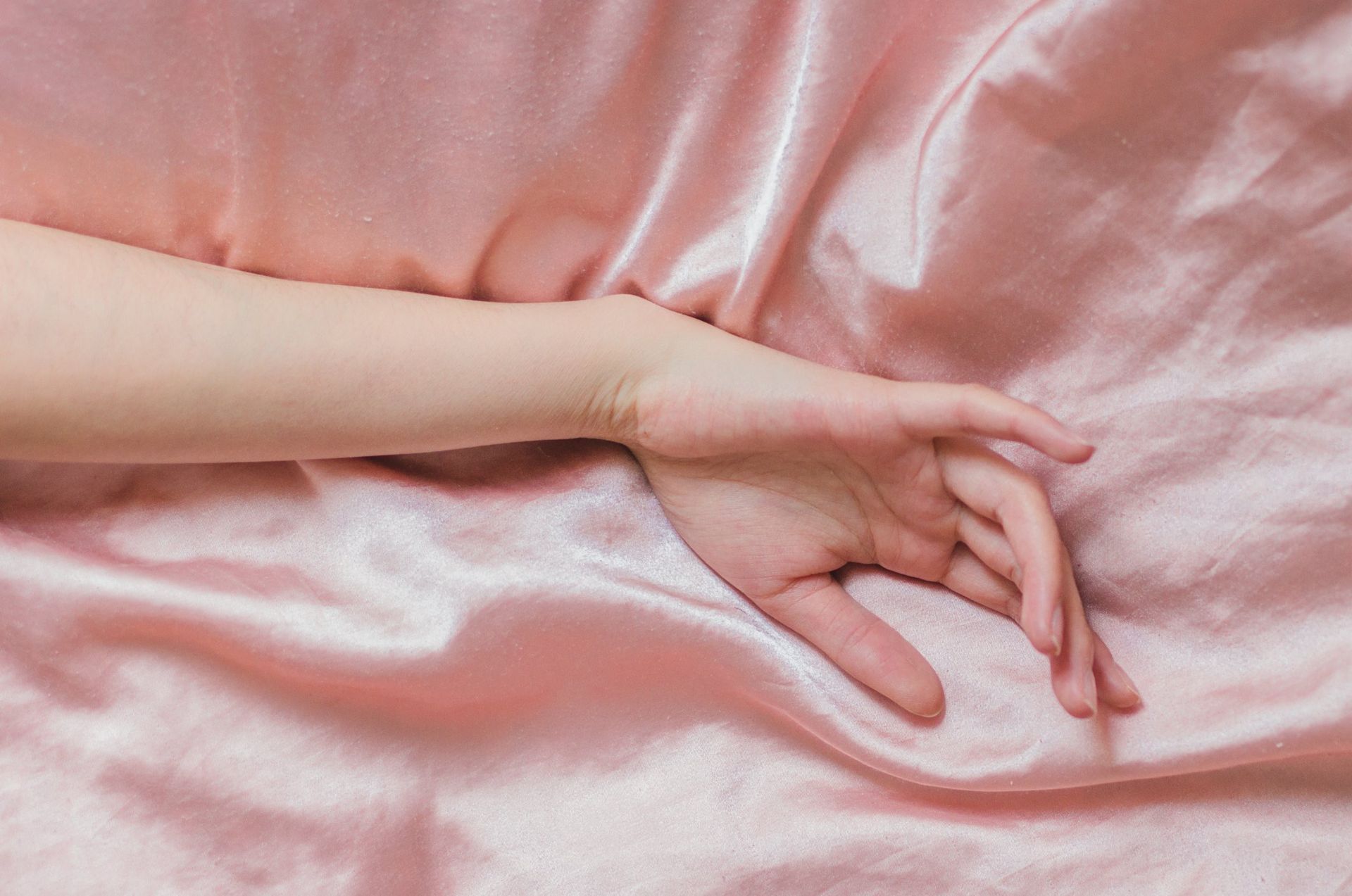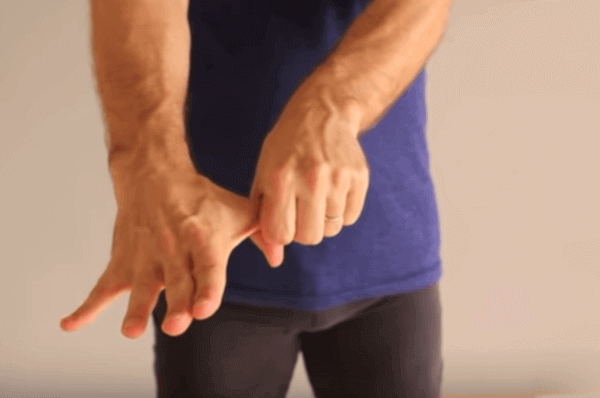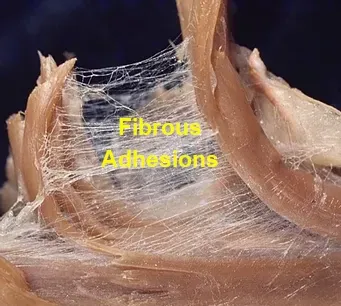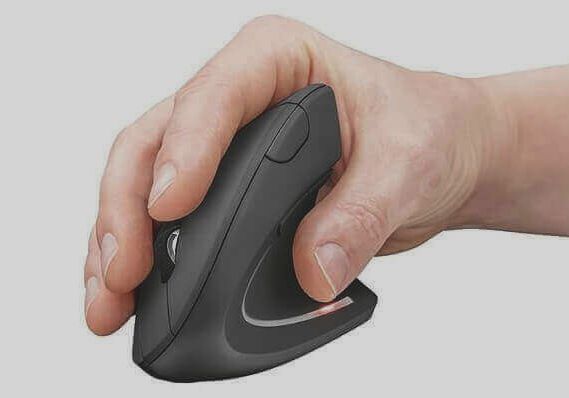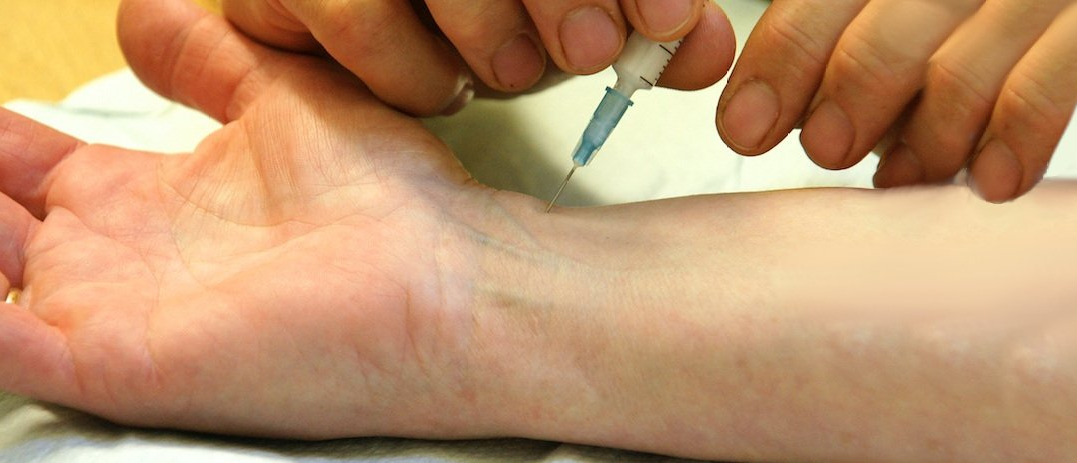Treating Carpal Tunnel Syndrome
Carpal tunnel syndrome (CTS) is a condition where the median nerve, which runs through the carpal tunnel inside the wrist, becomes compressed. This can cause pain, numbness, tingling, and weakness in the hand and fingers.
Treating carpal tunnel can be done non-surgically (conservatively) or with surgery. However,
studies show that non-surgical remedies provide results that
are equal to (and most times,
better than) surgery. Since the vast majority or people with carpal tunnel treat it without surgery, this article will focus on those non-surgical treatment options.
Non-surgical options
The vast majority of people (over 95%) who have carpal tunnel syndrome treat it successfully
without
surgery. When carpal tunnel symptoms are mild, any of the following treatments can work well. However,
moderate or severe symptoms will likely require two or more of the following treatments:
1. Nocturnal Wrist Splinting: Wearing a splint at night can help immobilize the wrist and reduce pressure on the nerve.
2. Rest: Resting your wrist joint for 1-2 weeks should relieve symptoms. More severe symptoms may require even more rest.
3. Stretching Exercises: Stretching the fingers and hand can make tendons more limber, thereby reducing inflammation inside the wrist joint.
4. Massage Therapy: Massaging the affected area can help improve blood flow and reduce inflammation.
5. Ergonomic Changes: Adjusting work or home environments to minimize repetitive hand movements and wrist flexion.
6. Activity Modification: Avoiding activities that worsen symptoms, such as prolonged typing, gripping, or vibrating tools.
7. Non-Steroidal Anti-Inflammatory Drugs (NSAIDs): Over-the-counter pain relievers like ibuprofen or naproxen can reduce inflammation and pain.
8. Corticosteroid Injections: Injections of corticosteroids into the carpal tunnel can provide temporary relief by reducing inflammation.
Effectively treating carpal tunnel without surgery
1. Nocturnal Wrist Splinting (Bracing)
Advantages of night splinting
Never brace during the daytime
Use only a "certified" carpal tunnel brace
List of "certified" carpal tunnel braces
2. Rest Your Hand
Almost every disease benefits from rest. Rest is the body's way to combat trauma and restore balance to stressed tissues. Rest also restores
blood flow which facilitates oxygen and nutrients.
When treating carpal tunnel with rest you should develop a "rest routine". For instance, for every hour you work with your hands,
take a short break.
It doesn't mean you have to lie down and sleep. Just a 30 second break from your hand activity will be enough. Better yet, do stretching exercises (see below) during that rest break.
3. Stretching Exercises
Stretching exercises relieve carpal tunnel syndrome by working at the tissue level (specifically on tendons), from the fingers to the elbow.
If you don't have time for exercises, don't worry. The
best carpal tunnel stretching exercises take less than a minute to complete. These are the "core exercises" for carpal tunnel syndrome. The core exercises perform 3 distinct functions. They lubricate
flexor tendons, break up
fibrous adhesions and restrictions, and enhance blood circulation.
You should do these stretching exercises at least 4 times per day. Also do them after any strenuous hand activity.
Core exercise #1 (Interlace Stretch)
Core exercise #2 (Stop Stretch)
Core exercise #3 (Prayer Stretch)
Core exercise #4 (Thumb Stretch)
4. Massage
Not just any old massage will work
More effective than surgery
5. Ergonomic Changes
Anyone can eliminate or greatly reduce carpal tunnel symptoms by simply adjusting their work or home environments. The adjustments should minimize repetitive hand movements, wrist flexion, and other
harmful hand activities.
Pay attention to how you sit (or stand) while working. Is your chair comfortable and at the right level? Is there a tool or method to perform the same job with fewer or less strenuous movements?
Most people who type on a computer benefit greatly from an ergonomic
mouse and
keyboard. Virtually all keyboard and mouse designs do similar things, so your particular "comfort" preference is important. Test several models to make sure it's right for you.
6. Activity Modification
If you have
signs of carpal tunnel syndrome it's likely the activity you do every day is causing it. Therefore, avoid the obvious hand stressing activity or activities such as prolonged typing, gripping, or using vibrating tools.
Taking frequent rest breaks, especially resting AND doing stretching exercises is a good way to start. If you job requires using tools or lifting loads, try wearing thick gloves. Think of ways to do the same job but with less strain on your upper body.
7. Non-Steroidal Anti-Inflammatory Drugs (NSAIDs)
Non-Steroidal Anti-Inflammatory Drugs or NSAIDs include over-the-counter pain relievers like ibuprofen (Advil), naproxen (Aleve), or acetaminophen (Tylenol). They can reduce inflammation and pain.
Pain relievers are only a temporary solution to carpal tunnel syndrome. They never should be taken for long periods of time due to their potential for
kidney and liver damage.
8. Corticosteroid Injections
Some doctors prefer to use injections of corticosteroids directly into the carpal tunnel space. This can provide temporary relief by reducing inflammation. However, there are two main problems with
corticosteroid injections.
First, the injections are successful in only about
45% of patients. And the more severe you symptoms, the less effective the effects of the injection.
Second, corticosteroid injections are only a temporary solution. When they do work well, the effect lasts from 2-4 months. That means symptoms return as before. But the problem is that corticosteroid injections cannot be used often because of their significant side effects, like bone loss and weight gain. Thus, using a second or third injection must be carefully considered.
Conclusion
The most effective way of treating carpal tunnel syndrome is with non-surgical remedies. These include night splinting, rest, stretching exercise, and massage, among others. Mild cases of carpal tunnel syndrome may be relieved quickly using any one of these therapies. But more severe symptoms likely require multiple therapies applied simultaneously.




